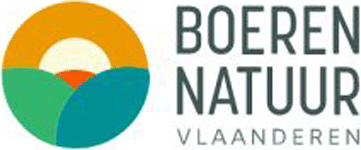Implementation and management of weirs and study of canal water use in the Abeek and Warmbeek catchments
Project objective is to maximise the infiltration of water into the soil. The project focuses specifically on the municipality of Bocholt to show as a pilot project how infiltration in the agricultural area can be maximised. The choice on the municipality of Bocholt follows from the specific request of the agricultural council to roll out such an initiative, in addition to the existing cooperation with the municipality around previous water conservation projects and its favourable location in relation to the canal. Specifically, the project consists of two components, namely water retention in the existing water bodies and irrigation of canals with canal water.
The objective of hatch 1 namely, holding up water in the existing water bodies is to prevent the rapid run-off of water. This will be done by strategically placing weirs in the existing watercourses. To this end, a study will first be done to determine the most strategic locations. The study will examine the impact of holding up water in specific water bodies on the surrounding area. Specific questions that should be answered in the study include:
- Which place(s) in a particular canal is/are most suitable to place a weir;
- From what height of the water flood agricultural plots or natural areas;
- At what location do weirs have maximum impact on soil moisture dynamics in the agricultural plot;
- ...
To arrive at a 'canal weir plan', various measurements will be carried out and prior consultation with water managers and local farmers will already take place to bring together as much knowledge as possible.
Once the study is completed, a plan of preferred locations for weirs will be available. This will be subjected to screening for interference with fish migration. Through prior consultation with the water managers (VMM, Province of Limburg, Watering, ...), existing knowledge will already be taken into account as much as possible. After identifying potentially adverse effects on fish migration, the remaining preferred locations will be resubmitted to water managers and local farmers. For the placement of weirs, farmers will be called upon. They will place the weirs on behalf of their farms with the support of the project partners. Funding for weirs can be obtained through the non-productive investment support available in the Flemish Agricultural Investment Fund (VLIF). To avoid double financing, prior consultation with VLIF has taken place on this. Depending on the results of the 'canal weir plan', 20 to 30 weirs will be placed. The type of weir always depends on the specific situation. In larger watercourses with fish migration, for example, upstream weirs can be placed where in smaller agricultural canals more simple weir structures can be placed.
Once the weirs are installed, it will be necessary to draw up a 'weir management plan' with local water managers and farmers. At a minimum, this will lead to a consultation committee that will consult on the management of the weirs at regular intervals. If desired, this could also lead to a more concrete structure such as a cooperative. Because of the specific demand from the Agriculture Council, there is already assurance of bottom-up interest from farmers. As the management of the weirs is properly monitored, confidence will grow and additional steps may be taken, such as automatic regulation of weirs using sensors. Local watering is already developing sensor-equipped weirs.
The second project section i.e. irrigating canals with canal water is also a concrete demand from the agricultural sector that fits perfectly with the first part. When the watercourse structure in the municipality is heavily equipped with weirs, the possibilities for controlling the water increase significantly. Due to the branching of the Zuid-Willemsvaart to the Bocholt-Herentals canal, there is a large presence of canal water in the municipality of Bocholt. A specific question has come from the agricultural sector whether canal water can be used in the winter period, when the canal is high, to irrigate inland canals at times when the canals are not filled with rainwater. The main objective here is to maximise the use of the existing canals for water infiltration at any time during the winter period. Since the water level of the canal in the winter period is higher than the level in the canals, this water could be brought gravitationally towards the inland watercourses.
To realise this, consultation with the Flemish Waterway is necessary in the first instance. In addition, a study should be carried out to map the flow rates in the canal infrastructure to determine the maximum capacity in the canals. This study is consistent with the 'canal weir plan' described earlier but requires a specific approach.
The ultimate goal of maximising water infiltration into the soil is to maintain groundwater levels. Higher groundwater levels, on the one hand, reduce the need for irrigation and keep the soil sufficiently moist for both agriculture and nature for a longer period in the year. On the other hand, this global approach ensures better water reserves in the soil if irrigation from groundwater is still needed in the area in and around Bocholt. Indeed, replenishing groundwater bodies during the winter is important to be able to pump water back up for irrigation in summer. With this project, the agricultural sector in Bocholt wants to take a proactive step towards putting this into practice.












